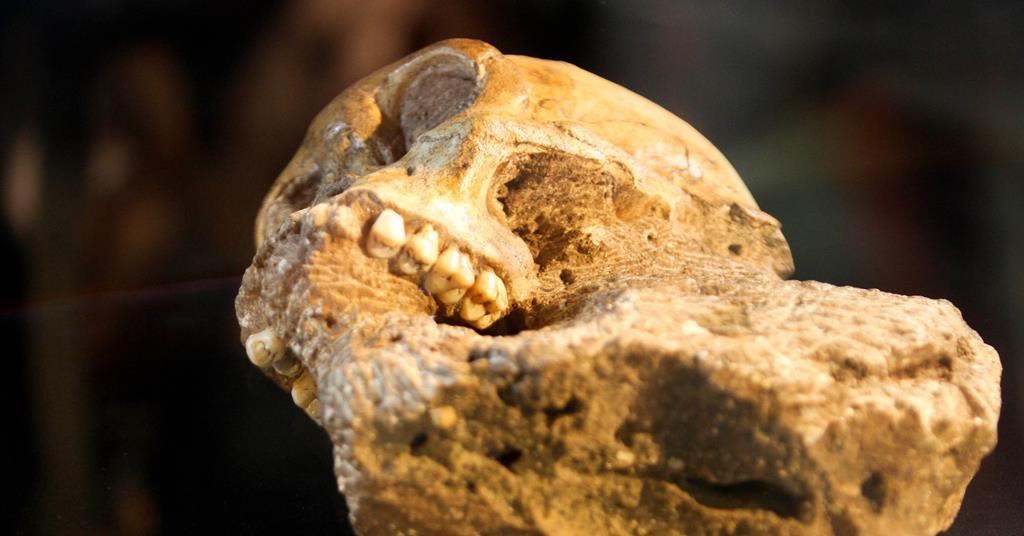A groundbreaking discovery has recently reshaped our understanding of early animal evolution. A long-misidentified fossil at Harvard’s Museum of Comparative Zoology, initially described in 1865 as a caterpillar, is now recognized as the oldest known nonmarine lobopodian. This extraordinary fossil, Palaeocampa anthrax, bridges the gap between worms and modern arthropods, providing new insights into the early diversification of life. Published in Communications Biology, this study reveals the complex history of Palaeocampa and its role in understanding the transition from marine to freshwater ecosystems. A new study provides critical details, including advanced imaging and chemical analyses, that lead to the realization that Palaeocampa was an amphibious creature inhabiting freshwater environments, predating the iconic Cambrian lobopodians by almost 50 years.
This discovery was possible due to decades-old fossil specimens that had sat in museum drawers largely ignored. The true identity of Palaeocampa anthrax was uncovered after careful reexamination by a team of researchers, led by Richard Knecht, formerly a graduate student at Harvard, now a postdoctoral fellow at the University of Michigan. Knecht’s team used modern imaging techniques to reveal crucial anatomical details that previously went unnoticed. The reclassification of Palaeocampa not only advances the study of lobopodians but also provides valuable information about the rare preservation of soft-bodied creatures in the fossil record, enhancing our understanding of the prehistoric world.
The Rediscovery of Palaeocampa Anthrax: A Freshwater Lobopodian
The fossil of Palaeocampa anthrax, once thought to be a caterpillar, has now been reidentified as the first-known nonmarine lobopodian. Lobopodians are soft-bodied, extinct creatures that existed more than 500 million years ago, considered a vital link in the evolutionary chain connecting primitive worm-like creatures to modern arthropods such as insects and crustaceans. This important breakthrough, highlighted in the recent study, has shed light on how these creatures adapted to environments far different from their marine ancestors.
“Lobopodians were likely a common sight on Paleozoic sea beds,” said Knecht, “but apart from microscopic tardigrades and terrestrial velvet worms, we thought they were confined to the ocean.” This finding challenges previous assumptions about the habitat of lobopodians, revealing that these ancient creatures may have been far more versatile and widespread than previously thought. Palaeocampa, measuring only four centimeters long, is distinguished by a dense coat of bristle-like spines covering its body. These spines, possibly a defense mechanism against predators, point to its ability to thrive in freshwater environments, a far cry from the deep-sea habitats of other lobopodians.


The Critical Role of Advanced Imaging in Paleontological Discoveries
The importance of technological advancements in paleontology cannot be overstated, as demonstrated by the recent rediscovery of Palaeocampa anthrax. The researchers used state-of-the-art imaging techniques such as backscatter scanning electron microscopy (SEM) and energy-dispersive spectroscopy to study the fossil specimens. These tools allowed the team to uncover the previously overlooked details, such as the nearly 1,000 bristle-like spines covering the body of the creature, which were key in recognizing its true identity.
“What amazed me is that fragments of biomacromolecules could be exceptionally preserved or altered to geomacromolecules in fossils,” said Nanfang Yu, co-author of the study and associate professor of physics at Columbia University. “I’m thrilled this technique possessed the sensitivity and specificity to differentiate fossilized remains from the rocky substrate.” The use of advanced techniques like Fourier-transform infrared spectroscopy (FTIR) helped detect chemical residues on the spines, revealing that they likely secreted toxins to ward off predators in its swampy, freshwater habitat. These methods not only confirm Palaeocampa’s evolutionary significance but also open up new possibilities for understanding the preservation of soft-bodied organisms in the fossil record.
Unveiling the Mystery of Montceau-les-Mines Fossil Site
The discovery of Palaeocampa anthrax also answers a long-standing mystery regarding the Montceau-les-Mines fossil site in France, once believed to be marine. The fossils found at Montceau-les-Mines, including Palaeocampa, were thought to have come from a marine environment, but the reclassification of the species has confirmed the site as nonmarine. This breakthrough not only provides a clearer picture of ancient ecosystems but also highlights the importance of examining old fossil sites with fresh perspectives.
“But Montceau-les-Mines, where half of the specimens come from, was hundreds of kilometers inland, with no ocean present,” Knecht explained. “Its reclassification confirms the site’s nonmarine setting, offering a rare glimpse into ancient freshwater ecosystems.” This discovery helps piece together the puzzle of prehistoric environments and offers insights into the diversity of life during the Carboniferous period, a time when Earth’s ecosystems were undergoing significant change.
The Rarity of Fossilizing Soft-Bodied Creatures
The rarity of soft-bodied creatures preserved in the fossil record is one of the key reasons why discoveries like Palaeocampa anthrax are so important. Most of the fossilized creatures from the ancient world are hard-bodied organisms such as arthropods or mollusks, which are more likely to survive the process of fossilization. However, soft-bodied creatures like lobopodians are much rarer due to their vulnerability to decomposition. As Knecht noted, “The conditions required to fossilize soft-bodied creatures like lobopodians are rare… making every new find incredibly valuable.”
The discovery of Palaeocampa highlights the significance of the Carboniferous period as a window into ancient ecosystems. While the Cambrian period is known for its well-preserved soft-bodied creatures in Lagerstätten, such preservation is much rarer in later periods. Thus, the new insights gained from the reclassification of Palaeocampa are essential for understanding the diversity of life during the Carboniferous and further exploring the evolutionary history of lobopodians.
A Case of the Fossil “Hiding in Plain Sight”
The story of Palaeocampa anthrax is a powerful reminder of how scientific breakthroughs often come from revisiting past discoveries with new tools and ideas. For decades, the fossil sat largely ignored in museum drawers, with its true identity unknown. It was only through careful reexamination that Knecht and his team were able to uncover its true significance. This “hidden in plain sight” discovery emphasizes the importance of reanalyzing old specimens to unlock new insights.
“It was literally hiding in plain sight,” Knecht said. “Sometimes, the biggest discoveries are the ones waiting to be looked at again.” This sentiment serves as a call to action for paleontologists and researchers to continue reexamining old collections with modern techniques. What was once thought to be an insignificant fossil could, in fact, provide answers to longstanding questions about the evolution of life on Earth.
Source link


